Build Quality and Ergonomics:
The build quality of Code 51 is the same we’re used to from Effect Audio – very good! As mentioned before, the thicker wires add some weight, and so does the titanium Y-split, but the cable is still comfortable to wear.
The braiding is very well done with good consistency and tightness. Code 51 is flexible and very soft, due to the EA UltraFlexi Insulation. The Y-split itself is a very nice piece of hardware in my opinion. The chin-slider fully matches the splitter and is an actual part of it. It does its job, but with the bigger holes for the separate left and right side, it can fall down again. Of course, you can’t really make the holes too narrow, as then you’d potentially threaten the cable’s safety by cutting it. So these have to be on the bigger side, but then they don’t hold the cables up as well.
Aside from the Y-split and chin-slider, even the 2-pin barrels and the casings of the plugs are made of titanium. My cable is terminated to 4.4 mm balanced, and the barrels of the plugs does get unscrewed easily. It’s not a major concern for me, as I can just tighten them again. Some might find that annoying though. The titanium 2-pin barrels look very slick in my opinion.
The Code 51 does not transport any microphonics and is very easy around the ear. I can wear this without any issues. People with glasses should definitely try it first though.
Sound:
Cable reviews always cause for a lot of discussions. The topic is probably one of the most heated debated ones in audio. Do analogue and digital cables make any difference, or can I just use this radio antenna wire from my 1990’s TV? I personally have been a cable-agnostic for the first few years of my audiophile journey, but it all ended with one of Effect Audio’s products – the original Leonidas. I loved this cable so much, that I have owned it twice, and still do. Anyone who isn’t on my team probably isn’t even reading these lines, so let’s get on.
The Code 51 delivers an impressively detailed sound, that reproduces micro information with ease. I have heard a lot of details in other cables thus far, but none have ever put them out so effortless as the Code 51. The new EA cable has very high resolution and enhances imaging noticeably with a dark, black background. Instruments and musicians get rendered with high precision and separated sharply without any smear.
Code 51 of course comes with Effect Audio’s smooth and organic house sound. Bass is well defined with very high resolution and superb texture. It reaches deep into lows with good natural rumble. With Code 51 I can hear a deeper bass extension with all of my monitors. You get very nice control in the lows, which sound tighter and more dynamic.
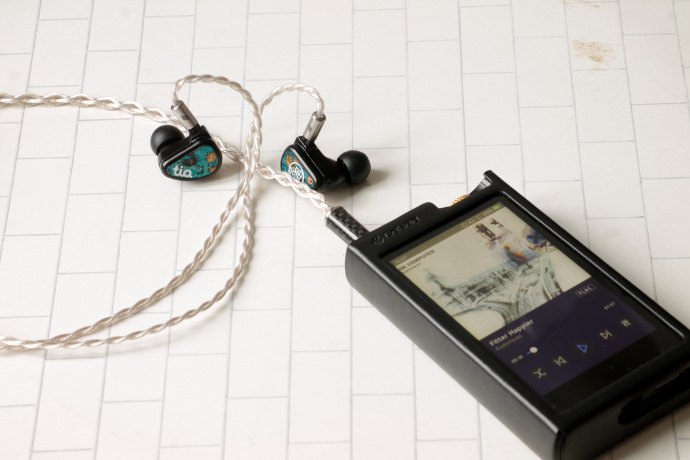
Effect Audio Code 51
Mids have wonderful texture, great transparency and a smooth touch. There is very good resolution and texture in each note. Vocals sound airy and emotional, but forward upper-mid voices can become slightly thin. This especially can be troublesome for monitors that come with a lighter midrange on their own in my opinion.
Treble is very well extended into the upper registers. Code 51 adds a layer of silk to each high-note to make it sound smoother and softer. This is what good silver typically does. It extends highs with a quality note. There is no sharpness or edginess in Code 51’s highs. It provides a good dose or air and energy to the sound.
Effect Audio’s Code 51 brings a natural body throughout the signature. It is impressively precise and creates a sound stage that is spread wide and deep. It keeps good control over the scene and structures the stage very well. Code 51’s layering and dynamic range is absolutely astonishing to me. The way it presents even the finest of details is just beautiful.

Effect Audio Code 51
Suggested pairings:
64 Audio A18t, A12t, Fourté Noir; Empire Ears Legend X; JH Audio Layla; qdc Anole VX; AAW Canary; Audeze LCD-i4;
Comparisons:
Comparing a cable like the Code 51 to something similar isn’t easy, because there are not many similar cables out there. The price does make it hard to find a suitable competitor. However, in my inventory I can name two cables that come close. Effect Audio’s very own Leonidas II Octa and PW Audio’s pure copper 4-wired 1960s.
Mentioned prices are in USD.
Effect Audio – Leonidas II Octa (1,888$)
The Leonidas II Octa is an eight-braid cable using a mix of pure silver and Palladium-plated silver in 26 AWG size. The Octa is EA’s current flagship of their Heritage line and one of the nicest cables my ears have come across. The eight-wire configuration definitely is less comfortable to wear than the half-sized Code 51.
Sonically there is the unquestionable house-sound of Effect Audio. Both have a certain level of smoothness and naturalness. The Code 51 does create a slightly wider and deeper sound stage, which pulls the listener right into the scene. It sounds a notch fuller and richer to my ears as well. The Leo II Octa does have a touch more warmth in its signature compared to the Code 51.
EA’s new flagship has higher resolution and nicer structure in my opinion. It keeps the scene slightly cleaner organized, which is a segment where the Octa is definitely a tough contender in as well. But Code 51 does surpass it to my ears. Code 51 has higher resolution and nicer texture in the midrange, a more dynamic low end and sparklier, less edgy treble.
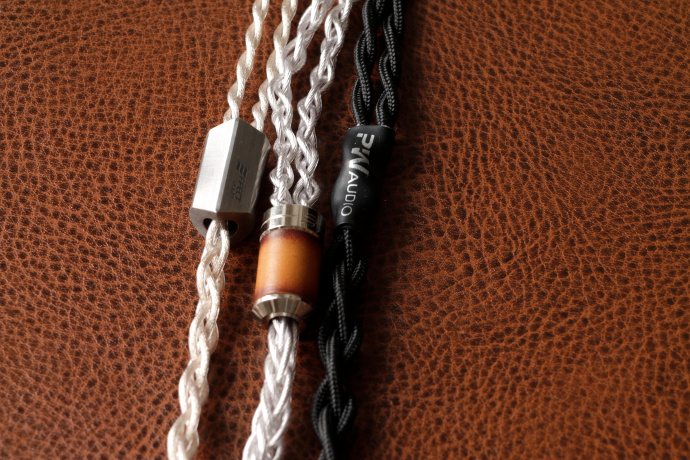
Effect Audio Code 51
PW Audio – 1960s 4w (1,999$)
The most obvious thing that sets the Code 51 and the 1960s apart is build quality. While the Code 51 screams luxury the 1960s looks kinda cheap. I really don’t think the black heat-shrink has any place in a 2000$ cable. You might disagree, but that’s my opinion.
The PW Audio cable does have a coaxial design, meaning there are actually eight conductors in the four-wire version of the 1960s. Which explains the size difference of them. The 1960s is noticeably thicker and heavier on the ear, which gives the Code 51 upper hand in terms of comfort.
From a sound-perspective, the 1960s offers a more sterile signature. It sounds dryer and more analytical to me. The Code 51 is smoother and more organic. It reaches a notch deeper into lows with a fuller sound throughout. Both cables are exceptional performers when it comes to resolution and rendering, but the Code 51 does a better job at that to my ears. It presents details with a more effortless manner and displays them with higher precision.
The Code 51 stretches a slightly wider and deeper sound stage, that has a more holographic scenery than the 1960s to me. The EA cable separates instruments a bit cleaner and sharper on a darker background. Musicians are portrayed with better contours with the Code 51 as well. The 1960s has a more agile top-end, where brighter notes have more sharpness than on the Code 51. On the Code 51 treble seems softer and richer.
Personally, I find there is better texture, layering and imaging with the Code 51, which provides an overall more advanced listen in technicalities.
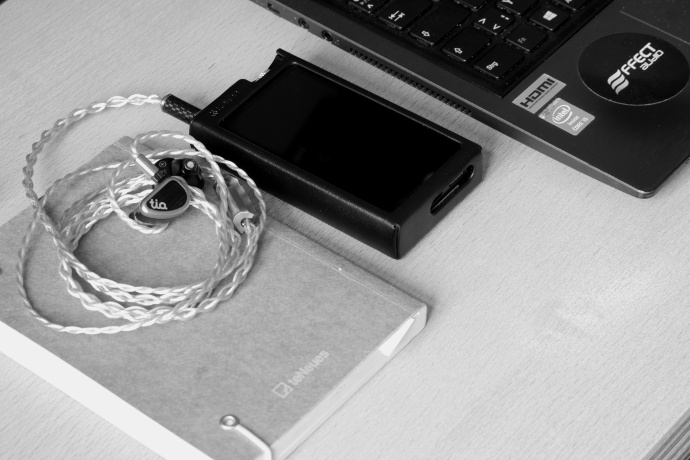
Effect Audio Code 51
Conclusion:
Effect Audio’s new Code 51 cable wows. It really is high end on the go. I’m not the biggest fan of eight-wire cables due to comfort issues, usually their performance is quite excellent though. With Code 51 EA has created a four-wire cable that easily performs head-to-head with other cables that use double the wire-count.
Code 51 offers a micro detail view at music, that misses nothing. It gives you everything and then some. It brings EA’s typical house smoothness and packs it with unmatched resolution, layering and a massive stage. It pulls you into the music and gives you a different look at it. I love the precision, accuracy and simplicity with which it does it.
With Code 51 Effect Audio has delivered a statement piece. It definitely is one of the very best cables out there, but it comes at a hefty price. For 2,388 USD I could pay rent for two whole months and still have something left to throw around. The Code 51 is for people without sorrows and those that have very large pockets. If it is worth the price is completely up to you. The performance speaks for itself though, and it that’s exactly how it made its way on our Best Accessory list. Because it is one of them.





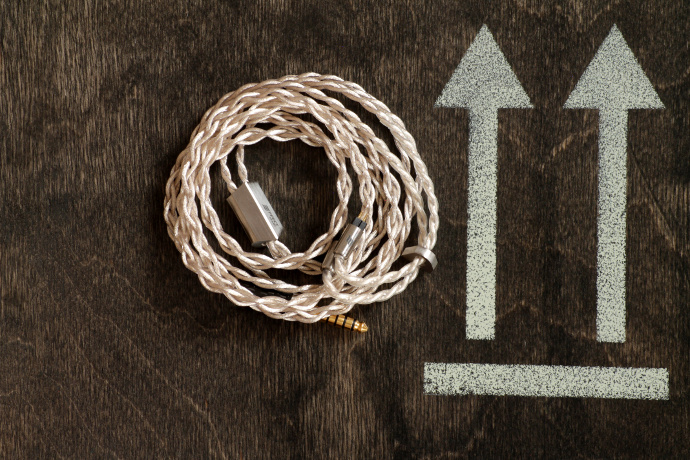

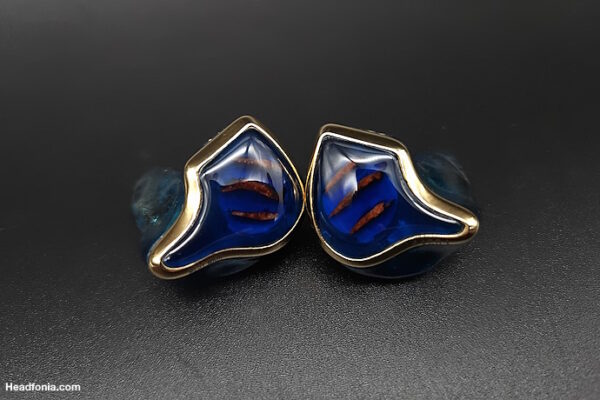
Edward
Thank you so much for this review. I’ve been anxious awaiting firsthand impressions org this impressive cable. I currently use EA’s Horus and have been wondering about upgrading to the 51. Do you have any thoughts on the 51 vs. Horus?
Linus
Hi Edward,
thanks for stopping by and leaving a comment!
I did have the Horus two years back for a couple of months, but I’m really not comfortable to make any comparisons based on memory. Sorry.
Is there any chance you can audition the Code 51 anywhere near your place?
Cheers, have a great weekend.
Ryan
I’m curious that which player did you for this testing? Also, which player do you recommend for the 64audio A18t or Fourté Noir?
Linus
Hi Ryan,
I used the Lotoo PAW Gold Touch and PAW 6000 for this review. They’re also great sources for the A18 and Noir. I’d also recommend the SP1000 and SP1000M, although the M isn’t the best fit for the Noir in my opinion.
Jimmy
Thank you so much for the review, I am now currently using 64audio a12t and I am looking for these kind of sound:
kpop, instrumental
great detail
closer sound/ staging ( feels like listening in a studio )
elastic base
great separation
Will this cable be a good fit? If not what other recommendation would you suggest ?
Linus
Hi Jimmy,
sorry for the late response. Life’s been crazy.
The A12t matches pretty well with the Code 51, but one thing’s for sure, it won’t create a narrow or closer stage. Quite the opposite really.
Also, could you elaborate on what you mean by “elastic” base?
Thanks!
Henry
Hey Edward,
I have the u12t, and looking to find the best cable to match it with. Do you recommend the Code 51? or another like the Octa line, etc?
I love detail and clarity, with great bass, but also want the musicality. For main headphones I use Stellia and Utopia with the arche.
Thank you!
Linus
Hi Henry,
thanks for your comment.
I don’t have the U12t, but only the A12t. For this one the Code 51 is a very good match. It gives lows more texture and resolution, keeps the mids pretty in tact (only injects very mild warmth) and adds some treble sparkle. It however throws a big scene and stretches further into width and depth. It gives the A12t better layering and imaging. It creates a darker background and gives a very good contrast to the musicians.
Hope that helps!